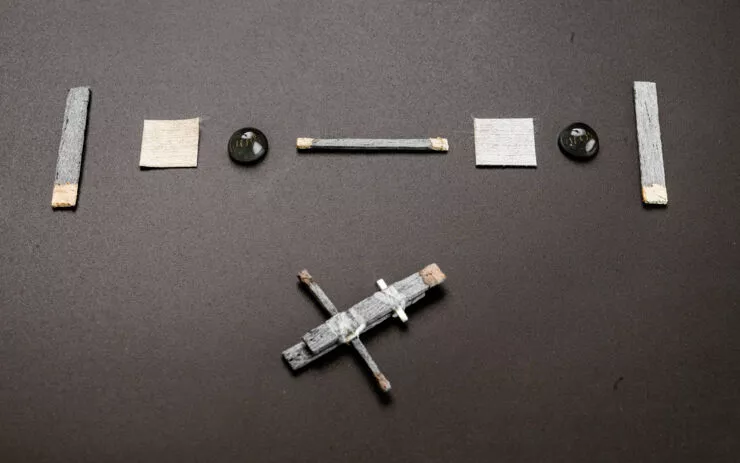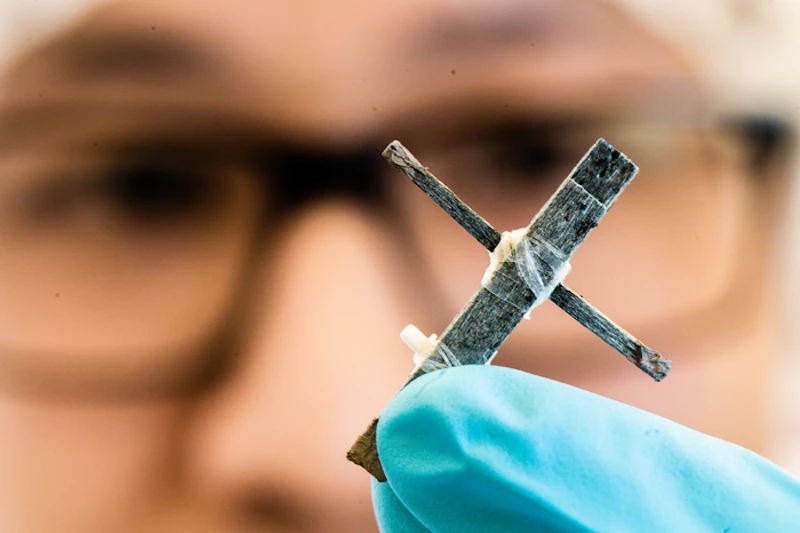Wood isn’t usually very good at conducting electricity, but now scientists have created the first functional wooden transistor. It’s not the best, and it requires some processing, but it does work and could help make for biodegradable electronics.
Living trees can be decent enough conductors of electricity, thanks to their water content – especially when a lot of power is being channeled through them, like a lightning strike. But generally, dead wood used in buildings, furniture and other human products has very little conductive capability.
But recent research has found ways to tweak the material to make it better suited to electronic devices, like squishy batteries, biodegradable computer chips, printable conductive inks, and a substrate for graphene circuits.
Now, scientists at Linköping University and the KTH Royal Institute of Technology have developed the world’s first functional wooden transistor. They started with balsa wood, chosen for its grainless and even structure, and removed the lignin – the rigid polymers that give wood its strength. This left long cellulose fibers with hollow channels, which were then filled with a conductive polymer called PEDOT:PSS.
The end result was a wooden transistor that could work like a normal one. The component could regulate an electric current passing through it, provide a consistent flow of electrons at a selected output level, and switch power on and off. That said, it wasn’t the best example of a transistor ever – for instance, it takes about a second to switch off and up to five to turn on.

“Yes, the wood transistor is slow and bulky, but it does work, and has huge development potential,” said Isak Engquist, corresponding author of the study. “We didn’t create the wood transistor with any specific application in mind. We did it because we could. This is basic research, showing that it’s possible, and we hope it will inspire further research that can lead to applications in the future.”
The team’s wooden transistor has a few advantages that might help it find eventual applications. Being biodegradable could help reduce the e-waste problem, and the large conductive channels could let it handle a higher current than other organic transistors. It could also be integrated into electronic circuits in living plants.
The research was published in the journal Proceedings of the National Academy of Sciences.
Source: Linköping University




